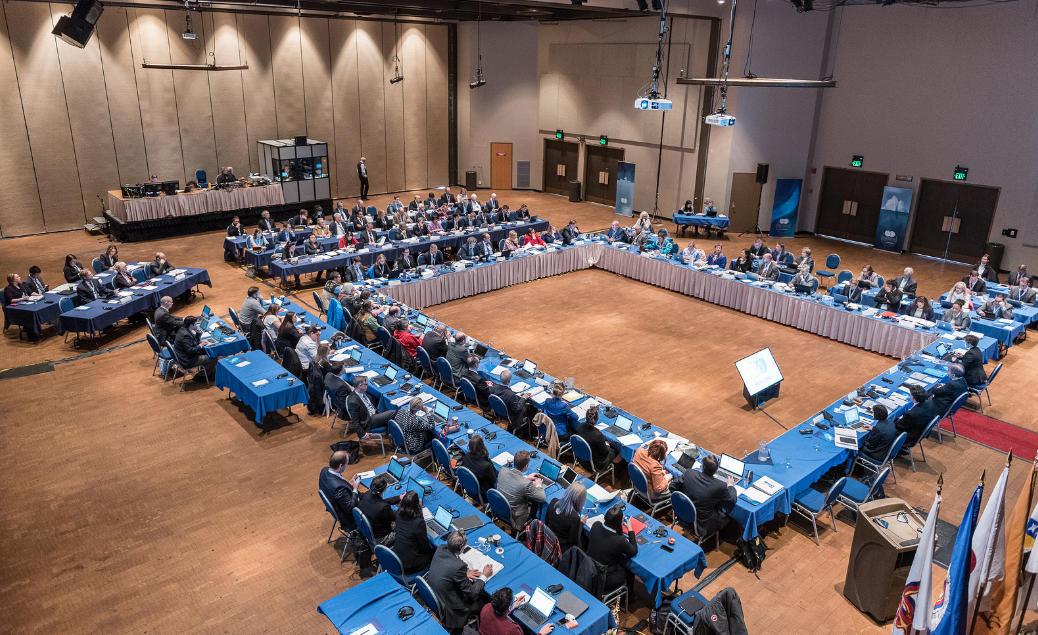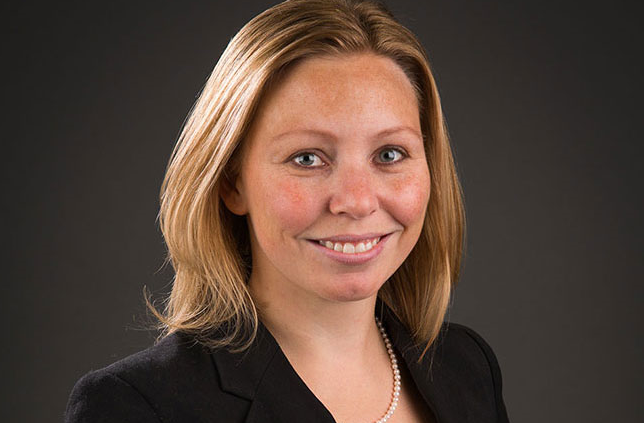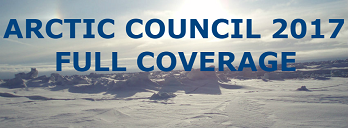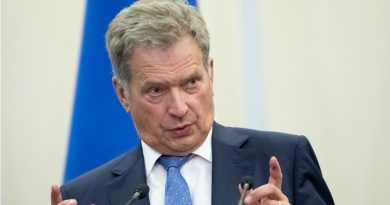Arctic Council ministerial – View from Canada

The United States hands the Arctic Council’s two-year rotating chairmanship to Finland on May 11th in Fairbanks, Alaska.
Foreign ministers from all eight Arctic states: Canada, Finland, Denmark/Greenland, Iceland, Norway, Sweden, Russia and the United States are scheduled to attend the ministerial meeting where the accomplishments of the last two years will be announced and the forum’s leadership is officially passed on.
- But what should we be watching for as circumpolar politicians, diplomats and indigenous leaders gather in Fairbanks?
- How did the U.S. chairmanship size up in the end?
- And how will Finnish priorities shape the forum over the next two years?
In the run up to the ministerial, Eye on the Arctic checked in with a series of experts from around the North for their views on what we should all be watching for in Fairbanks, and from the Arctic Council, in the months ahead.
In Monday’s View from Russia, we talked with Andrei Zagorski from the Russian Academy of Sciences.
Today, we bring you our conversation with Heather Exner-Pirot, Eye on the Arctic blogger and managing editor of The Arctic Yearbook.

Eye on the Arctic: What grade would you give the U.S. chairmanship and why?
Heather Exner-Pirot: “B+”. It had less drama than the Canadian chairmanship before it (2013-2015). The Senior Arctic Official Chair (David Balton) was a steady hand and seemed to be widely respected. And there wasn’t a lot of turmoil in the Arctic Council about Russia and geopolitical events.
Eye on the Arctic: Where did they get it right? Where could they have done better?
Heather Exner-Pirot: It started off rocky with the State Department and the Obama administration, and Alaska, especially around what the priorities were. Obama and the State Department wanted to prioritize climate change. In Alaska, they were really focused on the people that live there, their living conditions, their chances at a better life and employment.
But it seems to have smoothed out.
The State Department did a good job at making the issues not mutually exclusive. In the Arctic Council and I think it’s probably the most dominating issue year after year: Where’s the balance between environmental protection and sustainable development? And I think in the U.S. chairmanship’s second year they did as good a job as anyone could have at appeasing all those constituents.
How did the election of Donald Trump affect the Arctic Council or its work?
These are not the kinds of things diplomats like to talk about out loud so a lot of this is speculation. But from all accounts Secretary of State (Rex Tillerson) has not been involved in any minute detail with the (Arctic Council).
Let’s talk about the U.S. deliverables – any surprises?
This is where it’s business as usual and where I think the U.S. Arctic Council chairmanship succeeded was in the deliverables. The have the one big ticket item, the scientific cooperation agreement. This might seem like inside baseball to a lot of people, but it’s very important for scientists to be able to move (across borders in the Arctic). So to be able to do this more smoothly should really help leverage each others strengths and resources in Arctic science.
What’s your read on the the Finnish priorities and about the chairmanship’s return to Europe after four years in North America?
There’s a surprising amount of continuity between the United States and Finland, which was planned. They’re really talking about the same things. What I found interesting about Finland is this chairmanship is really talking about Finnish know-how, Finnish branding, the opportunities for Finland. They’ve really been putting themselves out there so that’s interesting to watch.
The one thing I really just don’t agree with is the Finnish president’s recommendation to hold an Arctic summit including Russian President Vladimir Putin and President Donald Trump. I don’t want to see that and I don’t think it would be good for Arctic politics.
What should we be watching for at the ministerial next week?
If there’s any monkey wrenches thrown in by the Trump administration, for example on the messaging on climate change which is central to what the Arctic Council does. What will there be tension between Secretary of State Rex Tillerson and Russian Foreign Minister Sergey Lavrov?
The Arctic Council stuff is pretty straight forward, pretty good stuff. So thing to watch is, will politics intervene or not?
The above interview has been edited and condensed.
Listen here for more from Eye on the Arctic’s conversation with Heather Exner-Pirot:
Write to Eilís Quinn at eilis.quinn(at)cbc.ca
Related stories from around the North:
Canada: Chairing the Arctic Council was hard work but a joy, says David Balton (Part 2 of 2), Blog by Heather Exner-Pirot
Finland: Cooperation with Russia in the Arctic makes sense; an Arctic Summit does not, Blog by Heather Exner-Pirot
Denmark: Nordics to step up security cooperation on perceived Russian threat, Yle News
Iceland: The Arctic Council at 20 – View from Iceland, Eye on the Arctic
Norway: Norway and Russia exchange diplomatic smiles about Arctic cooperation, The Independent Barents Observer
Russia: Arctic Council ministerial – View from Russia, Eye on the Arctic
Sweden: Swedish foreign minister to meet Russian counterpart, Radio Sweden
United States: U.S. Secretary of State Tillerson will attend Arctic Council event in Fairbanks, Alaska Dispatch News
The Arctic Council chairmanship moves from the United States to Finland on May 11, 2017 in Fairbanks, Alaska. Eye on the Arctic’s Eilís Quinn along with EOTA media partners and contributors will be bringing you stories, interviews and analysis leading up to the handover.
→ Read our full coverage here!




